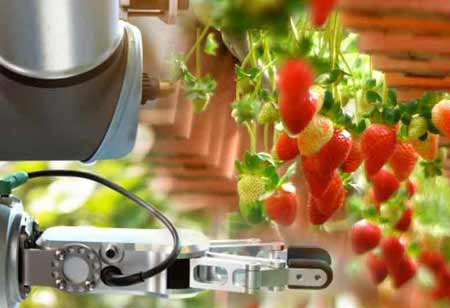Thank you for Subscribing to Agri Business Review Weekly Brief
Trends Leading AgTech Innovation in Latin America
The world's population will have increased to 10 billion people by 2050,

By
Agri Business Review | Monday, July 04, 2022
Stay ahead of the industry with exclusive feature stories on the top companies, expert insights and the latest news delivered straight to your inbox. Subscribe today.
Early mover investors in Latin America would get an advantage since the number of attractive deals and more mature startups are currently limited.
FREMONT, CA: The world's population will have increased to 10 billion people by 2050, posing a challenge for the planet to expand food production while conserving the environment. To enhance efficiency and resiliency, every region, including Latin America, will need to invest more in agricultural technology (AgTech). Despite accounting for 8.5 percent of the world population, Latin America today receives only 1 Percent of AgTech venture capital.
The biotechnology and precision agricultural industries offer the most promising growth prospects. Both are excellent alternatives for farmers of all sizes to enhance crop yields without deploying arable land by reducing disease and improving efficiency. The potential for yield gains in the region is substantial.
Two of these developments, in particular, are propelling AgTech forward.
Precision agriculture opportunities include (1) incorporating data and information into management system tools via drones or sensors, (2) risk management and climate indicators, and (3) using drone spraying to eliminate harmful fertilizing methods. Here are several examples:
(Peruvian) - Satellite services that collect data for crop improvement and assist in increasing yields.
(Argentina) - A digital platform that combines drones, satellites, and remote sensors to collect data and process it using algorithms to help providers make better decisions.
(Brazil) - An agricultural marketplace where grain buyers and producers can negotiate and close deals for spot and future market or barter trades.
Adapting seeds to local conditions to boost agriculture yields, developing accessible biological and organic fertilizers for rural people, and using precise fermentation and synthetic biology to reduce food waste and create bio-products are possibilities in biotechnology. Here are several examples:
(Mexico) - A B2B enterprise that uses precision fermentation to create leather from agroindustrial food waste and biological creatures.
(Mexico) – Eco-technological agriculture inputs developer provides integrative and cost-effective applications for agriculture demands to increase crop output and quality.
(Chile) The Creator of the Shel-life® product is created entirely of natural ingredients and forms a protective layer over fruits and vegetables, decreasing food waste and positively influencing the environment.
Investors recognize that AgTech has already taken off in major economies like North America and Europe, which currently represent more than 80 percent of total VC money, and are now looking to other attractive regions with significant potential like Latin America. VCs are eager to invest in the area, and the most promising startups will be awarded to those who jump in early.





